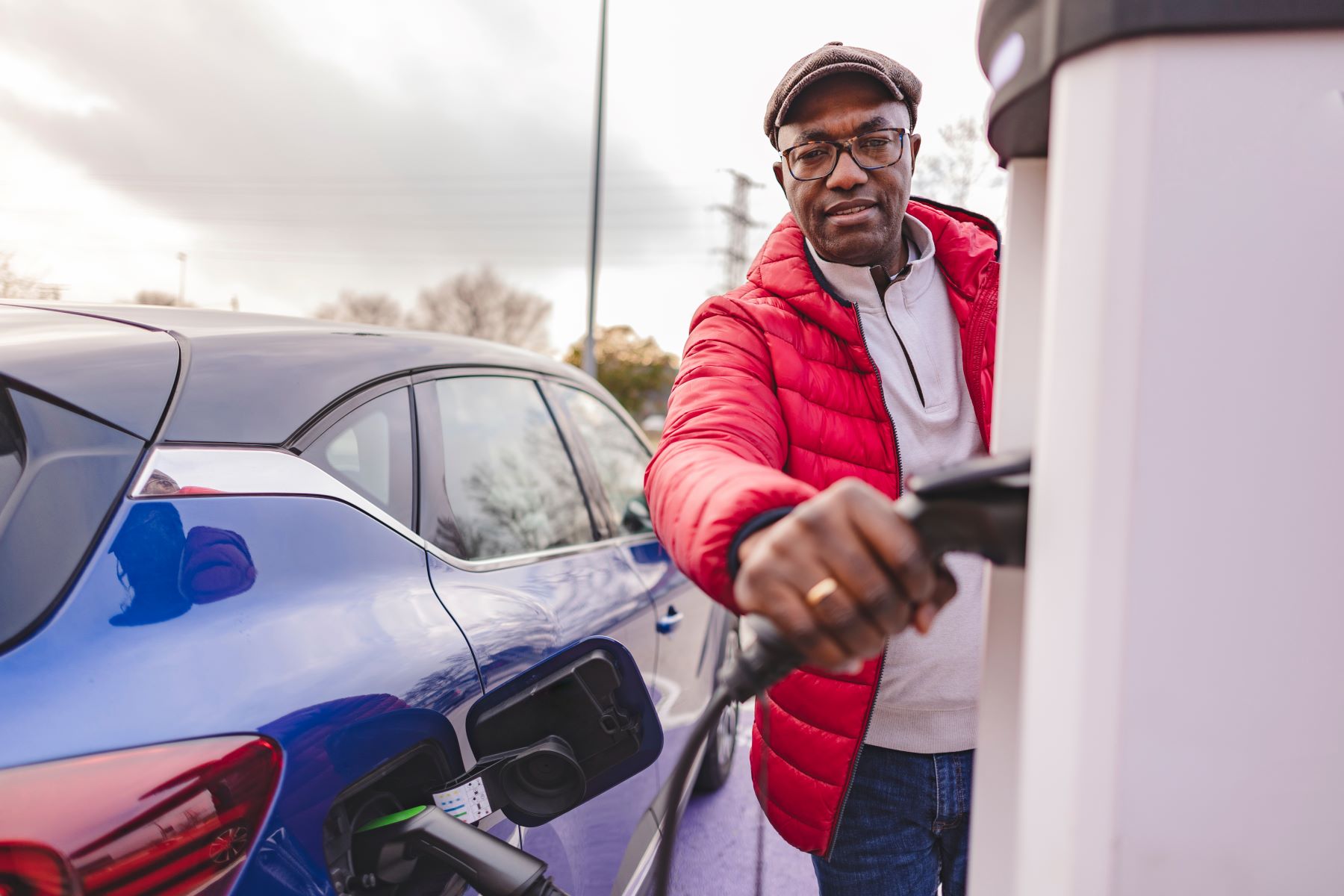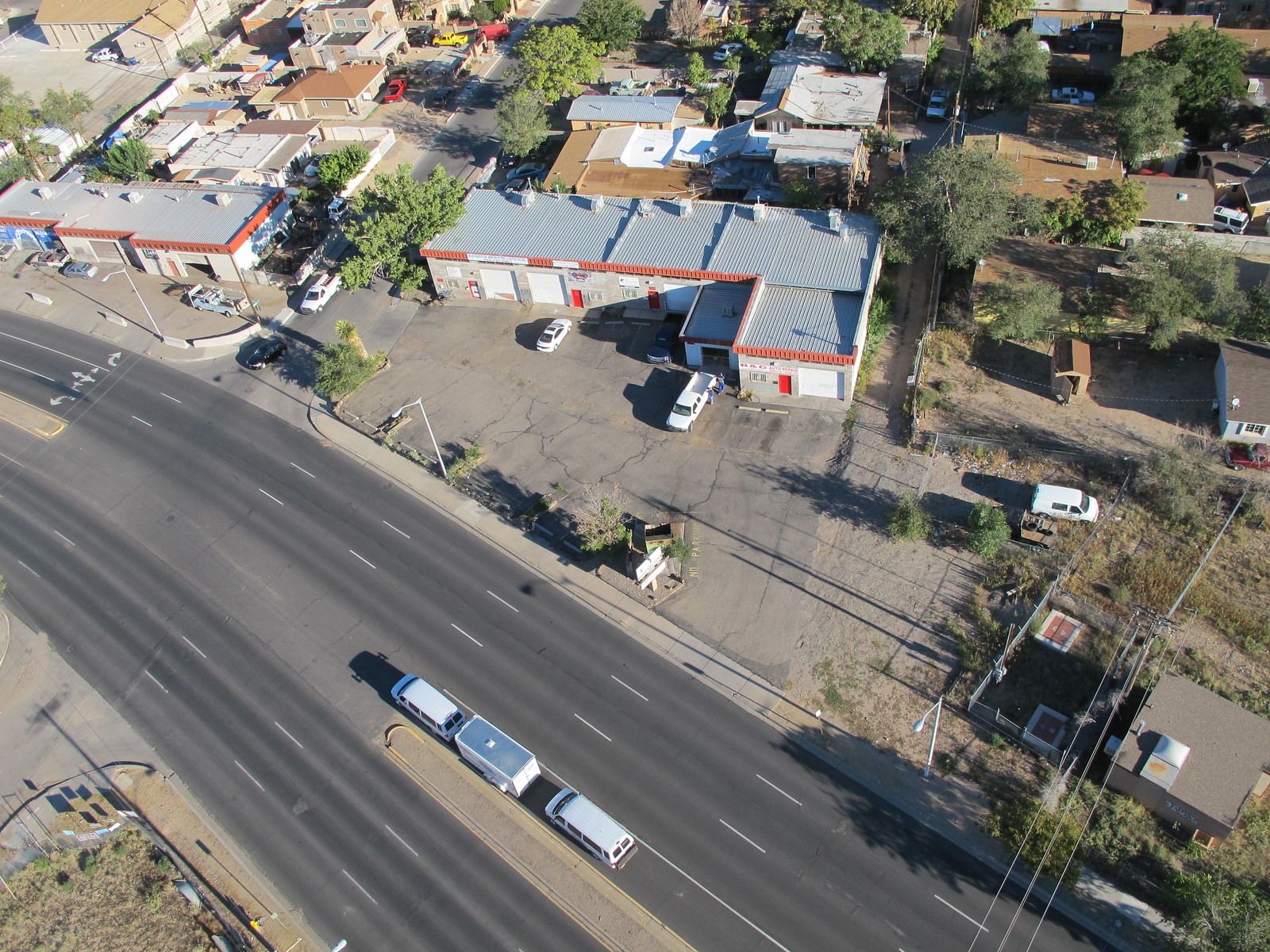The reason we weren't was because of historical injustices and the way institutional and systemic inequality and racism work. We need more programs where we're centering community voices, rural community voices, and Tribal and Indigenous communities, and trying to understand how their lived experiences impact mobility and their needs around mobility. It's not just a one size fits all approach. Billions of dollars in funding can have transformational impacts on these different communities. I'm excited to see that we're looking at things through a much different lens in terms of leading with equity, leading with research and data, and leading by innovation—and being willing to make some mistakes along the way.
The report looked at over 20 state plans, and as you know, “disadvantaged communities” look different in every state. How do you think those differences should be addressed by state Departments of Transportation (DOTs)?
Dr. Shelley Francis: You're totally right. Every community is totally different—just like a box of chocolates. There's some nougats, some coconut, and my personal favorite, caramel. Each community is different: its needs, its data, its topography, and its history.
The important thing that I would love for the DOTs to take away from this opportunity is that it's really important to utilize this data-driven approach to understand the stakeholders. Glossing over stakeholder engagement is a mistake.
It's really important to make sure that you're engaging a diverse cross-section of what state residents look like, so you get business sector feedback, public sector feedback, and feedback from community members and all elected officials, and everybody in between.
This is critically important in shaping states’ transportation electrification strategy moving forward because though South Carolina is next to Georgia, their plans look very different because their footprints are very different. It’s important to have a neutral party to help facilitate stakeholder engagement and get consumer buy-in. This process needs to be intentional, and states must allocate resources to it, so participants are compensated for their expertise and their time.
What is the big picture takeaway from the report you’d like folks to come away with, and how it can be used to advance environmental justice?
It's really important that the end-users of this type of document, whether it's state DOTs or others who are in that decision-maker realm, meet people where they are. Sometimes we start implementing federal policy in a way that is really black and white. We need to remember it's okay to stray outside the lines. And part of straying outside the lines is making sure that those communities who are going to benefit from these policies and programs have a chance to frame what their needs are. So when you have the opportunity to get stakeholder feedback, you get it early and often and make sure that that feedback isn’t just the usual people but is truly diverse. You need to make sure that you are getting the true representation of what that state truly looks like.
The other piece is that you have to employ different strategies when engaging with key stakeholders. Don't assume that everybody has a college degree or is reading 500-page novels in their free time. Make materials that are linguistically accessible—around a fifth-grade level is best practice. Then, make sure those materials are translated into the languages that are commonly spoken in those communities. Another strategy is utilizing traditional and/or social media to get messaging out to stakeholders. So whether it means taking out ads in newspapers or doing talk radio or TV ads, social media, or paper mailers—there's a whole myriad of ways to do outreach and engagement.
My last point would be to make sure that we're not forgetting the Justice40 communities that are identified to at least get 40 percent of the financial benefits from these types of programs. We want to make sure that whether the Justice40 community in that state looks mostly rural or Hispanic, Tribal or Indigenous, or Black or others, there are representatives—and not just one—from those different groups because those communities are not homogenous.
Through this process, we must share our learnings with each other and learn from missteps and amplify things that are working well or have been shown to be successful.






